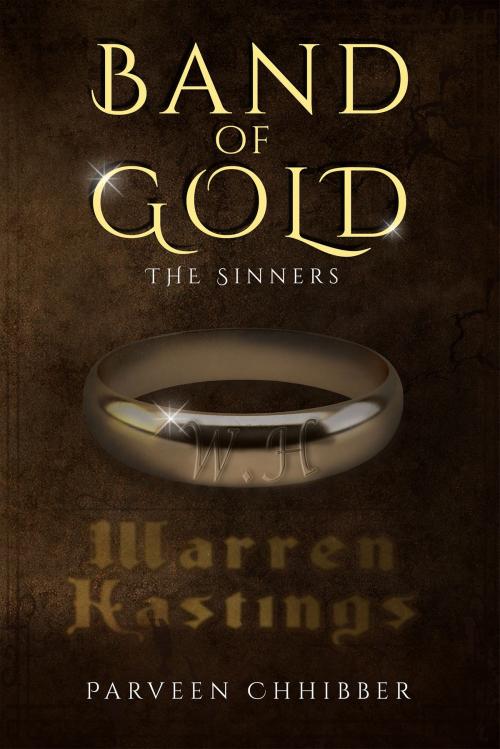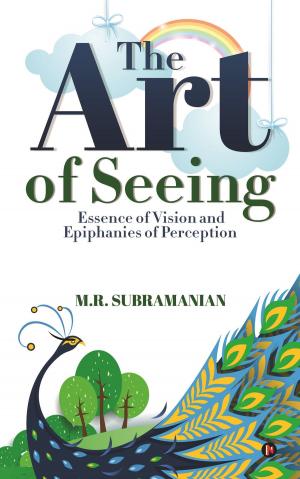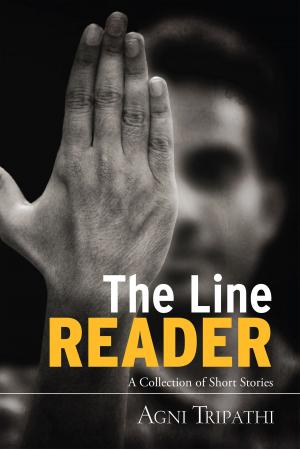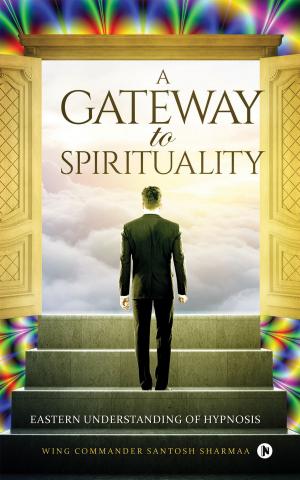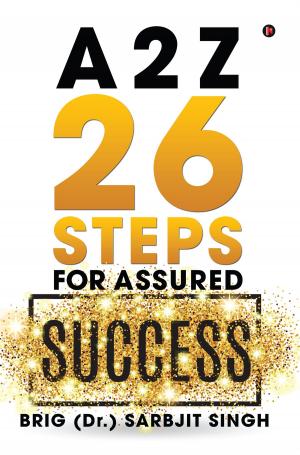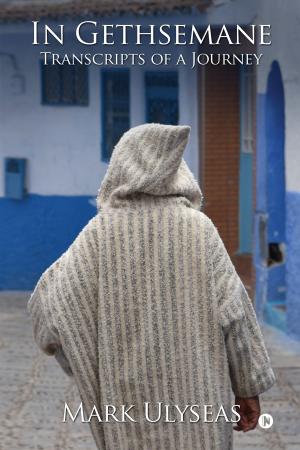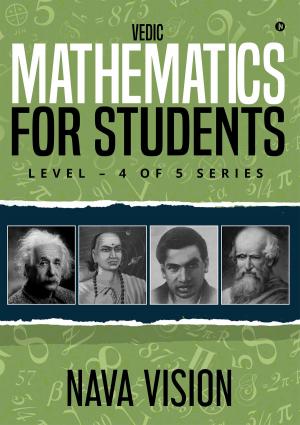| Author: | Parveen Chhibber | ISBN: | 9789352069422 |
| Publisher: | Notion Press | Publication: | March 16, 2016 |
| Imprint: | Notion Press | Language: | English |
| Author: | Parveen Chhibber |
| ISBN: | 9789352069422 |
| Publisher: | Notion Press |
| Publication: | March 16, 2016 |
| Imprint: | Notion Press |
| Language: | English |
Robert Clive's suicide (1774), Rajah Nandakumar’s hanging (1775), to Ellenborough’s grabbing of the Gwalior throne (1843), and Ram Mohan Roy's embassy on behalf of Akbar II, and his untimely death in England (1833); the Gurkha Wars (1814-16) and the First Afghan War (1838-1842) — started, unnecessarily, in the midst of the ferocious famine of 1837—One ring and one narrative, binds them all together.The stage is set in 19th-century India—a time when racial prejudice is beginning to harden with the support of the law makers. What seems to be an innocent circus performance presentation turns into a real life police arrest and the account of the struggles of an English-Indian boy starts to unfold. Accused of being a thug and of murdering an Englishman, an officer of the East India Company army, Jonathan Lord, aka Gora Mirza, is forced into signing a confession under the Thugee Act of 1836, made a fugitive from British justice, and hunted down and hanged.Gora Mirza’s tragic end is not his alone, but one bound up with several other individuals—a senior officer, two English soldiers, a teenaged Indian widow, a nawab, a rajah and many others. Marcus, a German diarist, records it all.The story—the mystery and the chase; and the spine-chilling end—is in the matrix of the historical events of the time. Does the ring find its rightful owner…?
Robert Clive's suicide (1774), Rajah Nandakumar’s hanging (1775), to Ellenborough’s grabbing of the Gwalior throne (1843), and Ram Mohan Roy's embassy on behalf of Akbar II, and his untimely death in England (1833); the Gurkha Wars (1814-16) and the First Afghan War (1838-1842) — started, unnecessarily, in the midst of the ferocious famine of 1837—One ring and one narrative, binds them all together.The stage is set in 19th-century India—a time when racial prejudice is beginning to harden with the support of the law makers. What seems to be an innocent circus performance presentation turns into a real life police arrest and the account of the struggles of an English-Indian boy starts to unfold. Accused of being a thug and of murdering an Englishman, an officer of the East India Company army, Jonathan Lord, aka Gora Mirza, is forced into signing a confession under the Thugee Act of 1836, made a fugitive from British justice, and hunted down and hanged.Gora Mirza’s tragic end is not his alone, but one bound up with several other individuals—a senior officer, two English soldiers, a teenaged Indian widow, a nawab, a rajah and many others. Marcus, a German diarist, records it all.The story—the mystery and the chase; and the spine-chilling end—is in the matrix of the historical events of the time. Does the ring find its rightful owner…?
